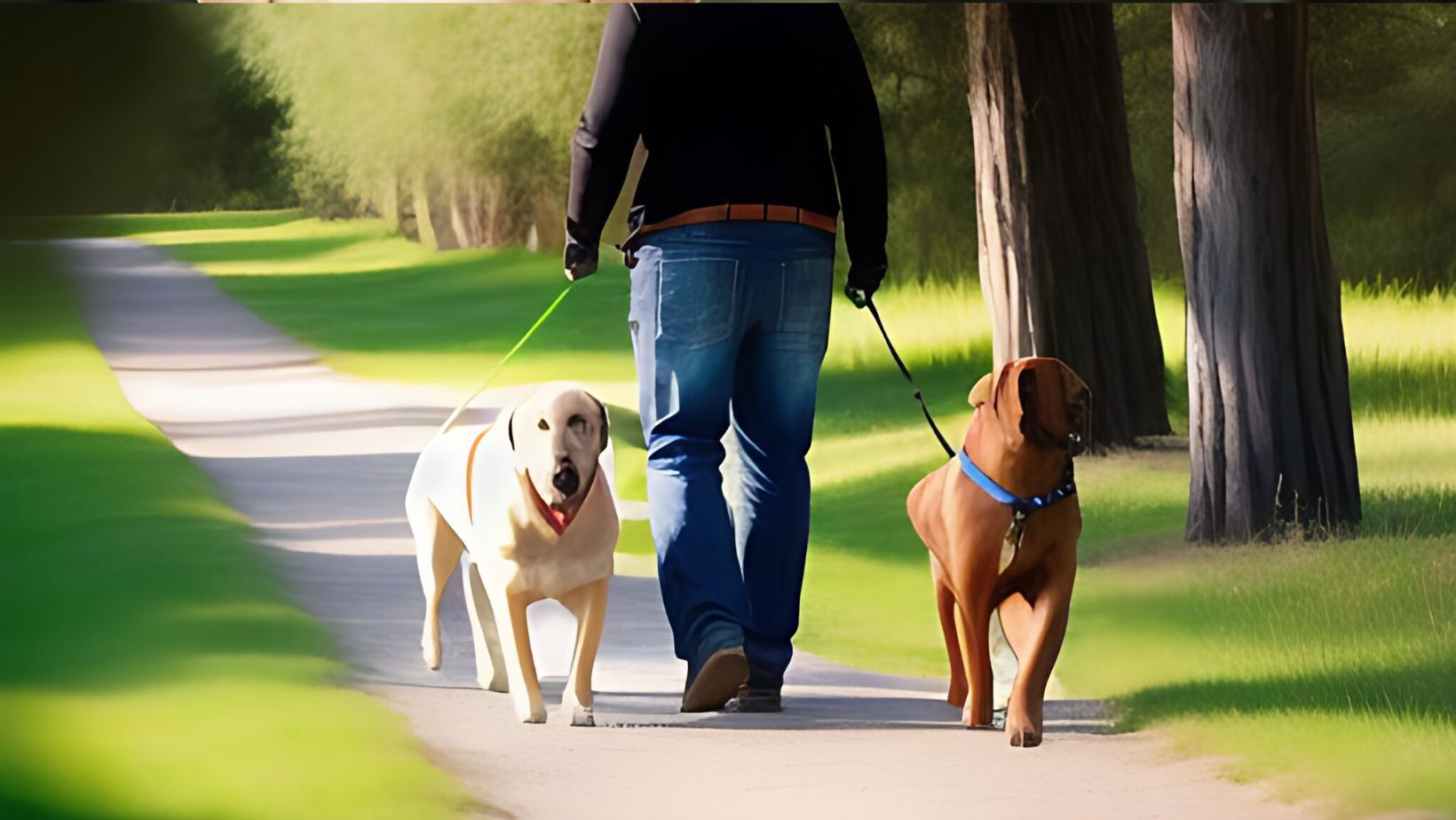How to Get Your Dog to Stop Pulling
Are you tired of your Labrador pulling on the leash during walks? It can be frustrating and even dangerous when your furry friend is constantly tugging and dragging you around. Luckily, there are effective techniques that can help you teach your dog to stop pulling and make your walks more enjoyable for both of you.
One method to discourage pulling is to use positive reinforcement training. Start by rewarding your Labrador with treats or praise whenever they walk calmly beside you without pulling. This will help them associate good behavior with rewards and encourage them to repeat it. Be consistent in rewarding desired behavior and gradually decrease the frequency of treats as your dog becomes more accustomed to walking without pulling.
Introducing Loose Leash Walking Techniques
Getting your dog to stop pulling on the leash can be a frustrating experience, but fear not! With some patience and consistent training, you can teach your furry friend to walk calmly by your side. In this section, we’ll explore effective techniques for loose leash walking that will help transform your walks with your Labrador.
- Start with Proper Equipment: Before diving into training, make sure you have the right equipment. Choose a sturdy leash and a well-fitting harness or collar that doesn’t cause discomfort to your dog. This will ensure both safety and control during the training process.
- Use Positive Reinforcement: Positive reinforcement is key when it comes to teaching loose leash walking. Rewarding your Labrador with treats, praise, or play whenever they walk without pulling encourages them to continue this desirable behavior. Remember to be consistent in rewarding good behavior and ignore any pulling or tugging on the leash.
- The Stop-and-Go Method: One effective technique is the stop-and-go method. Whenever your Labrador starts pulling, simply stop in your tracks and wait until they ease up on the tension of the leash. Once they do, reward them and continue walking forward again. This method teaches them that pulling leads to a halt in movement while calmness allows for progress.
- Change Directions: Another technique is changing directions whenever your dog pulls on the leash. By abruptly turning around and going in the opposite direction when they start to pull ahead, you are reinforcing that pulling won’t get them where they want to go. Redirect their attention back towards you and reward them for walking beside you.
- Practice Patience: It’s important to keep in mind that loose leash walking takes time and consistency. Be patient with yourself and your Labrador as you work through these techniques together. Celebrate small victories along the way and remember that each step forward brings you closer to enjoyable walks without constant tugging.
By implementing these loose leash walking techniques, you’ll be well on your way to enjoying peaceful strolls with your Labrador. Remember to stay positive, consistent, and patient throughout the training process. Happy walking!
Avoiding Common Mistakes When Training Your Dog to Stop Pulling
When it comes to training your furry friend to stop pulling on the leash, there are a few common mistakes that dog owners often make. By being aware of these pitfalls, you can ensure a smoother training process and help your Labrador become a well-behaved walking companion. Here are some important points to keep in mind:
- Inconsistent Reinforcement: One of the biggest mistakes is being inconsistent with reinforcement. It’s crucial to establish clear rules and boundaries from the start and consistently reinforce them during every walk. If you allow your dog to pull sometimes but not others, they will become confused about what behavior is expected. Consistency is key when teaching your Labrador to walk calmly by your side.
- Using Punishment: Punishing your dog for pulling on the leash may seem like an effective solution, but it can actually do more harm than good. Dogs respond better to positive reinforcement rather than punishment. Instead of scolding or jerking the leash when your Labrador pulls, focus on rewarding them for walking nicely beside you. Positive reinforcement encourages desired behavior and helps build a stronger bond between you and your pet.
- Lack of Patience: Training takes time and patience, especially when it comes to teaching a dog not to pull on the leash. Expecting instant results can lead to frustration for both you and your Labrador. Remember that every dog learns at their own pace, so be patient and consistent with your training efforts.
- Neglecting Basic Obedience Training: Before tackling leash pulling specifically, ensure that your Labrador has a solid foundation in basic obedience commands such as “sit,” “stay,” and “heel.” These commands provide a framework for better control during walks and create a strong foundation for further training.
- Inadequate Exercise: A tired dog is generally more focused and less likely to pull on the leash out of excess energy. Make sure your Labrador is getting enough physical exercise and mental stimulation on a daily basis. Engaging in activities like fetch, running, or puzzle toys can help tire them out before going for a walk.
By avoiding these common mistakes and implementing positive reinforcement techniques, you’ll be well on your way to training your Labrador to stop pulling on the leash. Remember to stay patient, consistent, and always prioritize the bond between you and your furry companion. Dealing with distractions during walks can be a real challenge, especially when you have an energetic Labrador who loves to explore everything in sight.
